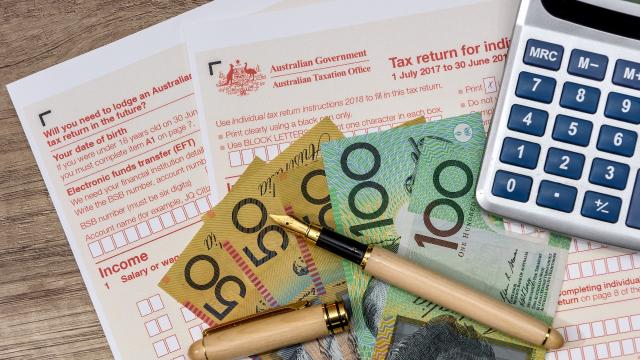As the end of the financial year approaches, it’s a good reminder to get your taxes in order for a quick and easy return. This includes any side hustles you have or any deductions you’re thinking of claiming.
But after another 12 months of COVID-19 impacting our jobs and our finances you might have to consider some expenses you’ve never had before.
What to do about government payments on your tax return
The introduction of additional government payments like the JobKeeper, JobSeeker and disaster support programs may be a new thing for many on their tax return this year.
If you’re wondering how to deal with these comes tax time, the Australian Taxation Office (ATO) has it covered.
JobKeeper
The good news is you don’t need to do anything to have your JobKeeper payments included in your tax return.
According to the ATO’s media release, JobKeeper payments from your employer will be included as a salary, wage or allowance on your income statement.
“If you’ve received JobKeeper payments from your employer, you don’t need to do anything different. We will automatically include this information from your income statement in your online tax return for you,” ATO Assistant Commissioner, Tim Loh, said.
This differs when you’re a sole trader receiving a JobKeeper payment on behalf of your business, however. In this case, you’ll need to include the payment as assessable income for the business.
Income statements should be available through the ATO’s online portal by July 14.
JobSeeker
Similar to JobKeeper, JobSeeker payments will automatically be included in your tax return by the ATO.
If you choose to lodge before your income statement is ready you’ll need to include this information manually.
Stand down payments
If you’ve received a one-off payment or additional payments since being stood down due to COVID-19 they are taxable and need to be included.
You can check whether they’ve been included in your income statement via your employer.
COVID-19 disaster payments
Another thing to consider this financial year is COVID-19 disaster relief payments. The government has been issuing these payments for those impacted by COVID-19 restrictions where applicable.
This is something you’ll need to manually include as income.
Early access superannuation
For a brief window of time, the government gave taxpayers the option to withdraw money from their superannuation funds early to assist them during COVID-19.
If you took this option you do not need to declare it on your tax return.
“Any eligible amounts withdrawn under this program are tax-free,” Mr Loh said.
You can learn more about the different payments that make up your tax return over at the ATO’s website.
If you’ve been impacted by COVID-19 and have been working from home, the good news is that you’ll be able to claim certain things on your tax return. Find out the details here.

Leave a Reply
You must be logged in to post a comment.